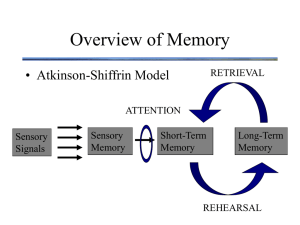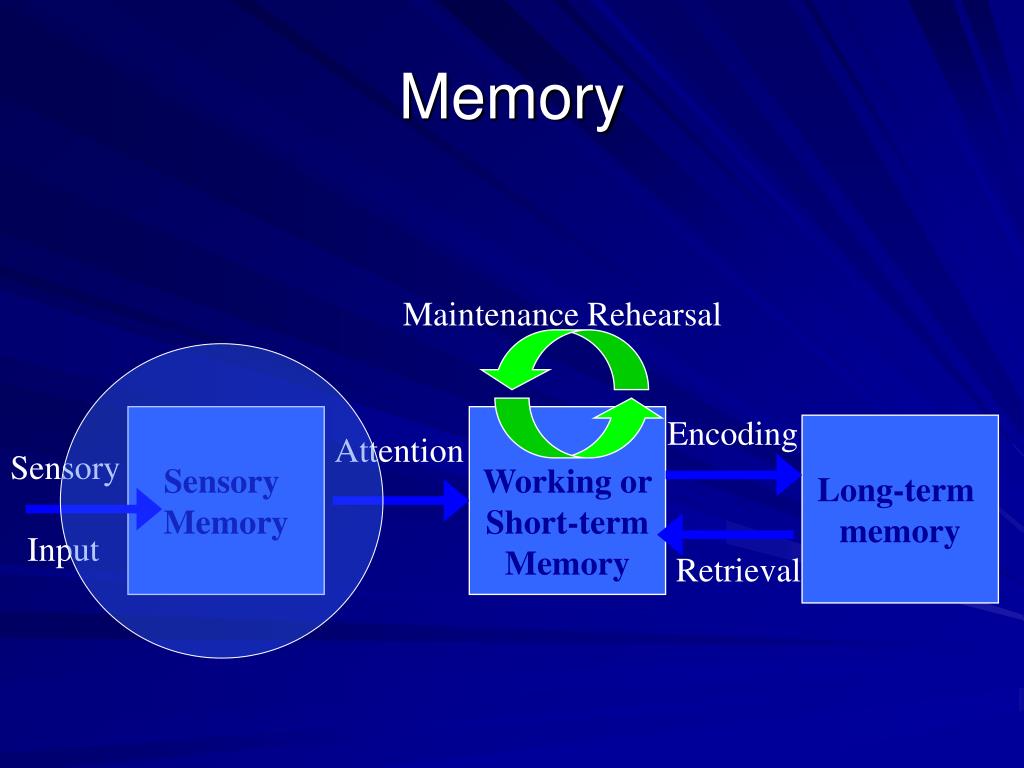
Echoic MemoryĪnother branch of sensory memory that deals with the auditory system is the echoic memory. This is generally referred to as the phenomenon when a bright light is traveling at a rapid pace through night and we can see it leaving a trail being it which is basically the image represented in the iconic memory. This iconic memory is more noticeable during the time when we see light trails. The duration of iconic memory is usually around the time frame of 100 ms. The sensory input that comes in through the visual system goes into our iconic memory, this is named as such because of the mental representation of the visual stimulus to be generally referred to as icons. However, out of these five only three of them have been studied extensively which are: iconic memory, echoic memory, and haptic memory. It is generally assumed that sensory memory has a subtype for each type of five major senses, i.e. One might experience source monitoring error, causing an incorrect set of certain memories. No manipulation of the incoming information can be done in sensory memory, as the transfer of the information from sensory memory to working memory is done quickly.Īs the capacity of working memory is not much to cope with all the information coming in from sense organs, so the amount of information that is being transferred to the short term memory is greatly reduced.

In this article, we will discuss Echoic Memory.

This memory or sensation is retained for such a time in which it can be transferred to the short term memory of the individual.

The time of retention of this information from the sensory memory is the shortest ranging from milliseconds to seconds. Sensory information puts forward the raw data which is basically the snapshot of the overall experience of that individual during the stimulation. Sensory memory cannot be controlled and is considered to be an automatic response and it is outside the domain of cognitive control. This helps an individual to remember and feel the sensory details related to a complex stimulus right after the stimulation was present. Sensory memory is the function of the brain that allows the individual to keep the sensory information or the feeling for a little time even after the original stimulus has stopped.


 0 kommentar(er)
0 kommentar(er)
